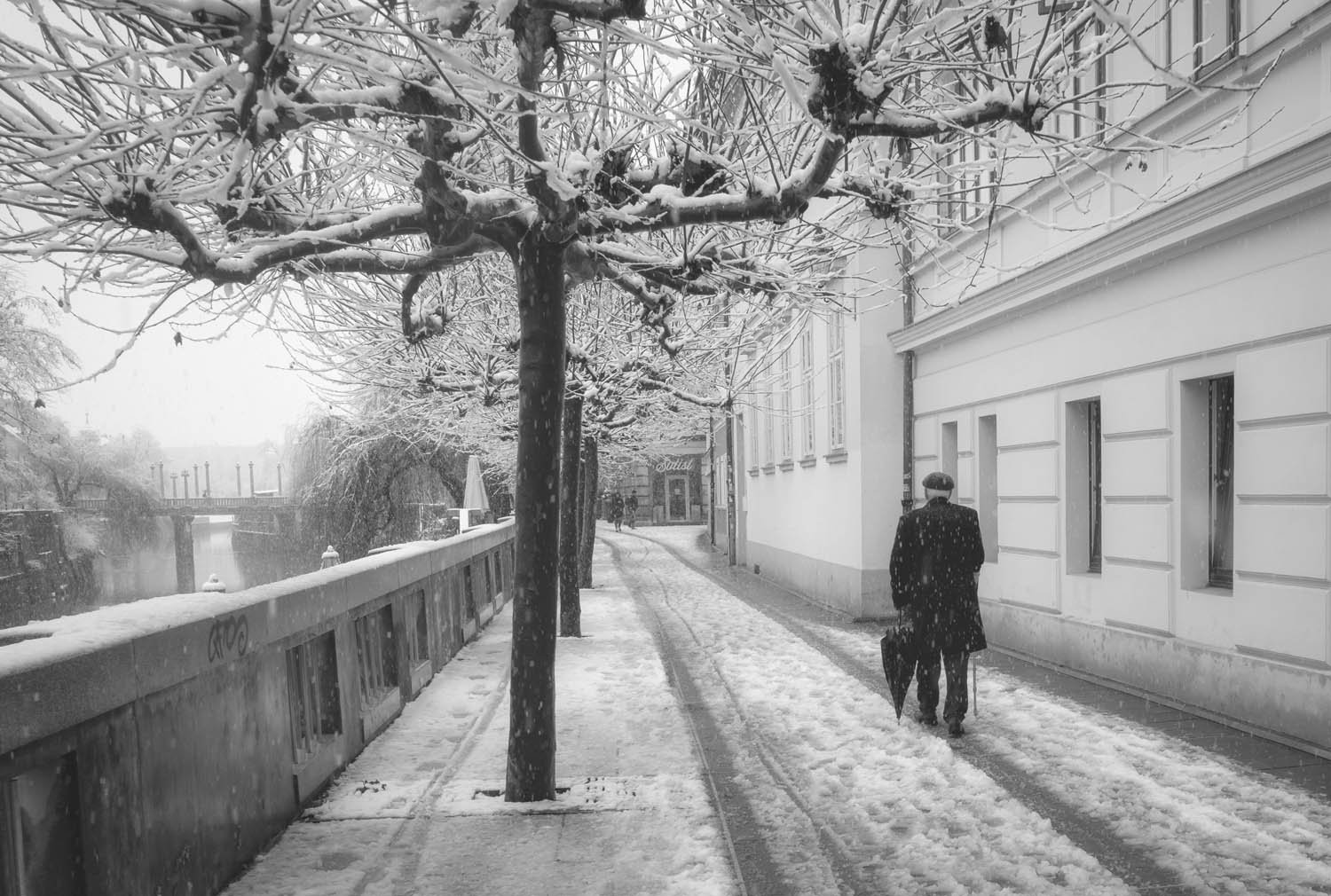Why My Photography Workshops Are Always Fully Booked (and What You Can Learn from It)
/Every few weeks, someone—be it a fellow photographer, a curious client, or a hopeful competitor—asks me the same thing:
“What’s your secret? How come your workshops in Venice, Slovenia, and Budapest are always full—with a waiting list?”
The answer isn’t a trick or a trend. It’s a mix of experience, intent, and, most of all, deep connection—to the places I photograph and to the people I guide.
Let me walk you through what I believe makes the difference—and maybe, just maybe, it’ll help you craft your own path to success.
1. It’s Not a Workshop. It’s a Personal Experience.
My sessions aren’t group tours with headsets and maps. They’re one-to-one or very small private workshops, designed around you. Your style, your level, your curiosity.
This isn’t about ISO and aperture (though we’ll cover those too). It’s about helping you see Venice before it wakes, capturing Budapest’s light as it breaks across the Danube, or watching life unfold in a tiny Slovenian square.
People come back because it’s personal.
2. I Only Teach Where I Belong
I don't lead workshops in places I don’t love. I live between these cities. I know when the fog rolls in on the Riva degli Schiavoni. I know which café owner will let us shoot inside when it rains. I speak the languages. I understand the rhythm of the street.
And my clients feel that. They’re not buying a product. They’re entering a world.
3. It’s About Storytelling, Not Snapshots
I don’t believe in just “taking pictures.” I believe in learning how to see. That means understanding the narrative of a place—its history, its texture, its silences.
Especially with black-and-white photography, which I often focus on, the story matters more than the scenery. I help participants slow down, observe, and compose with purpose.
It’s why so many return, not just to shoot more, but to shoot better.
4. I Limit My Time and My Spots
One of the first rules I set for myself: I don’t want to do this every day.
If I did, the work would lose its soul, and so would I.
I only take a limited number of bookings per season. I don’t oversell. I don’t chase numbers. That creates scarcity, but it also ensures that each session is high quality, deeply immersive, and never rushed.
It’s a day you’ll remember—not a schedule you’ll forget.
5. Word-of-Mouth Isn’t Just Marketing. It’s the Core.
I’ve been a professional photographer for decades. I’ve worked with Getty, published internationally, and exhibited widely. But in the end, the reason most people come to my workshops is because someone they trust told them to.
Happy clients are the best ambassadors. And I work hard to earn that trust—not just once, but every time.
6. I Don’t Advertise. I Connect.
Here’s the truth: I don’t spend thousands on advertising. I don’t chase algorithms. I don’t “growth hack.”
Instead, I show up—consistently and honestly—on the platforms where meaningful conversations happen.
You’ll find me on the Fediverse (like Mastodon, Pixelfed), on Flipboard where I curate visual stories, on Pinterest where my photos help inspire future travellers, and occasionally on Substack when I feel like writing a more reflective piece.
These platforms don’t drown your work in noise. They elevate it through real interest. And that’s how I promote: by sharing, not selling.
People don’t want just a photographer. They want a voice they trust—and that’s what I try to be across all my channels.
Want to Experience It First-Hand?
Whether it’s the quiet backstreets of Venice, the gritty grandeur of Budapest, or a secret artisan shop in Slovenia, I tailor my workshops to your vision.
That’s the real secret.
📍 Explore My Workshops Here. www.msecchi.com
📧 Or feel free to contact me directly for availability.































